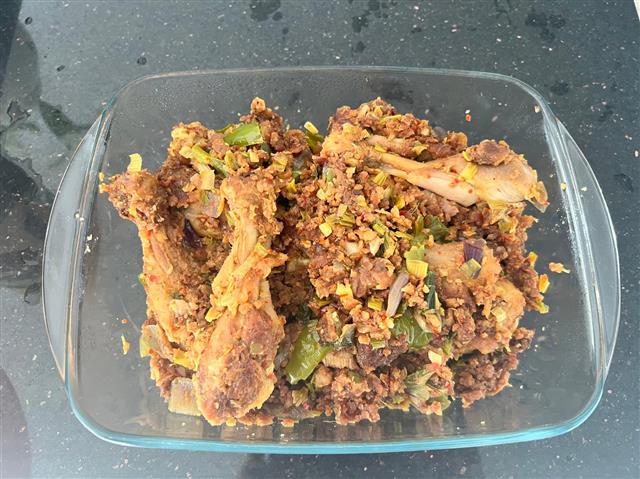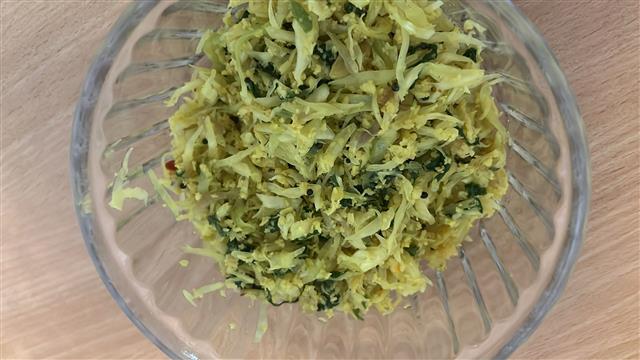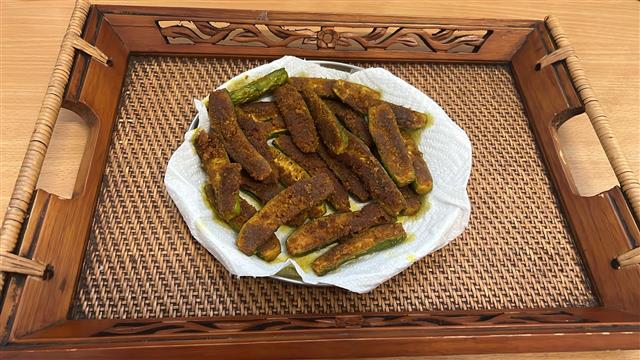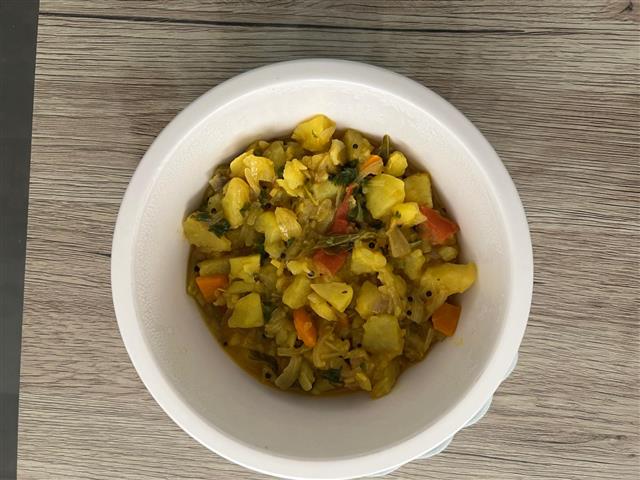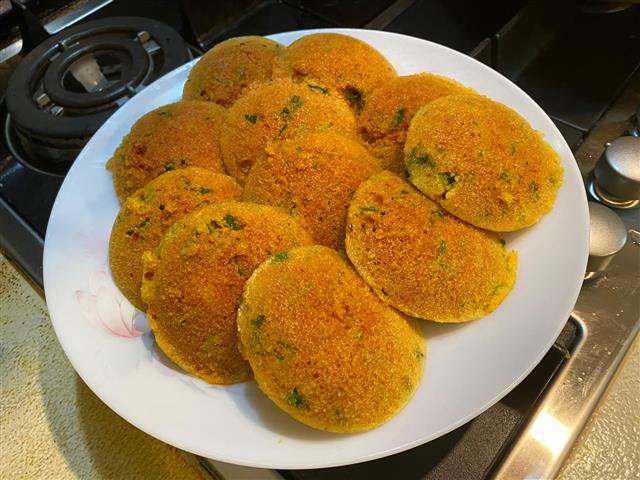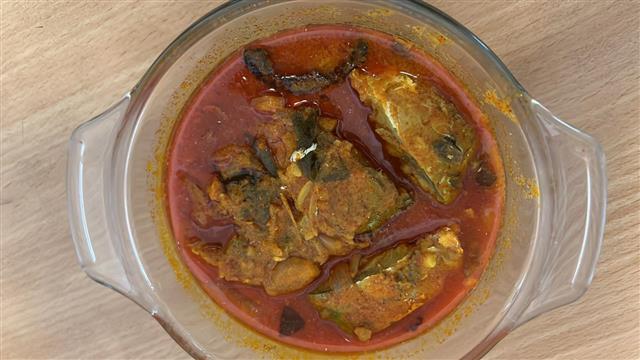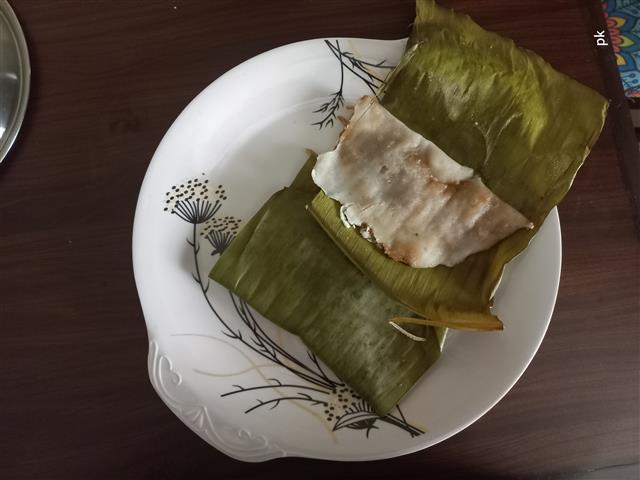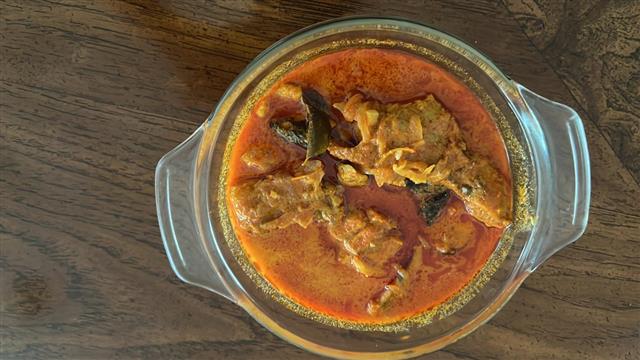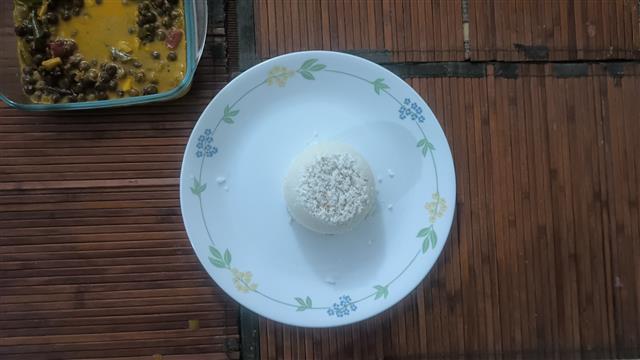
Batura ( Indian Bread )
(4 reviews)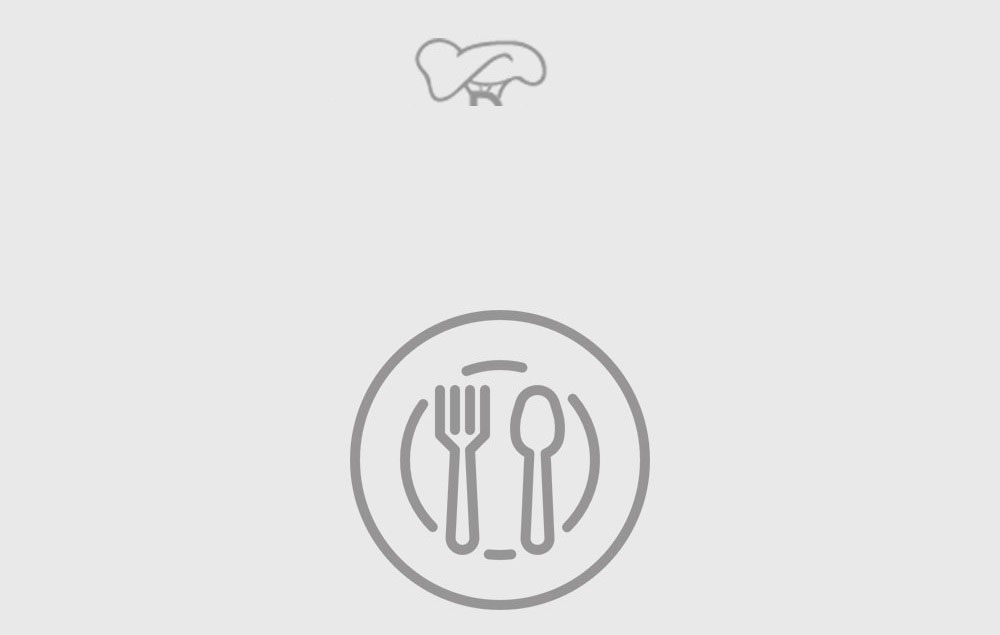
Batura, or Bhatura, is a stretchy and chewy North Indian flatbread served along with a tangy chickpea curry known as chole. Made from a leavened dough made of maida, butter, baking soda, curd, sugar, and salt, this puffed-up, round-shaped flatbread comes with the perfect crispy outside and soft insides. Because of its airy texture and golden finish, it is a street food favorite for both adults and kids alike. This batura recipe helps you make this fare at home for a comforting homemade indulgence.
Ingredients
Directions
- Place all the ingredients needed to make the batura, excluding the water, in a large mixing bowl and combine them well until you get a crumbly dough.
- To this, add the warm water gradually until you get a smooth dough. Knead until it becomes soft. Keep it aside for 1 to 2 hours.
- Make balls out of the dough.
- Roll out into oval or round shapes and deep-fry in oil until they are puffed up and golden.
Cooking Tips
When you are rolling the dough, try to roll them evenly with medium thickness. If it is too thin, it makes them crispy rather than fluffy, and if it is too thick, it leaves them doughy inside.
The oil should be hot enough. If not, the bhature will not puff up and will be very oily. On the other hand, if it is too hot, it will get browned soon without cooking inside.
For that extra puffiness, once the batura is in oil, gently splash hot oil over the top with the spoon.
How to Serve
Batura, or Bhatura, is served hot along with chole, sliced or pickled onions, and pickle. Whether it is paired with tangy gravies or dry sabzis, batura brings an irresistible charm to every Indian thali.
The Story Behind Batura ( Indian Bread )
There are a few Indian dishes that are popular across the country. Wherever you go, whether in South or North India or the Western or Eastern part, one dish that is equally popular everywhere is Chole Batura. Nothing can beat this Indian-fried bread's popularity. Though its origin is from Punjab & Haryana, this pillowy golden-coloured bread came into prominence as a street food from Delhi. Its roots can even be traced back to the Mughals. This fluffy bhatura showcases the heart of Punjabi cuisine and Delhi's vibrant street food culture.
Pro Tips for Perfect Results
If possible, use fresh & tangy curd for better flavour.
You should knead the dough until it is soft. The dough should dent when you press down. And it should be elastic and stretchy when you pull the dough. If it is not, knead for a bit longer.
Batura ( Indian Bread ) Variations
For a healthy version, you can make whole wheat batura by replacing maida with whole wheat flour.
Masala Batura—In this, dried herbs like ajwain or carom seeds and spices are mixed directly into the dough.
Aloo Batura—In this version, the bhatura is stuffed with spiced mashed potatoes. The potato filling is seasoned with cumin, coriander, and green chilies.
Storing & Reheating Tips
Chole Bhature is best eaten immediately after frying. Bhatura loses its characteristic puff and becomes chewy when you keep it longer. Still, if you want to store it, you can wrap it in aluminum foil.
Common Mistakes to Avoid
Make sure the dough is rested properly, or else the bhatura will be very dense.
The dough should not be sticky. Adding more flour while rolling will result in a tough texture.
Frequently Asked Questions
Why is my bhatura dense?
There are a few reasons that can cause the bhatura to be dense. Either the dough is not rested properly or the baking powder is old. Overkneading the dough can also be a reason.
Why is the bhatura not puffing up?
The bhatura doesn't puff up if the dough is too dry, the oil is not hot, or the dough is rolled thinly.
How do I know when the oil is hot & ready?
Drop a small piece of dough into the oil. If it sizzles and rises immediately, then you can start frying.
Equipment Needed
Large mixing bowl
Rolling pin and board
Deep frying pan/kadai
Slotted spoon
Kitchen towel or paper towels
Dough scraper or flat spatula
